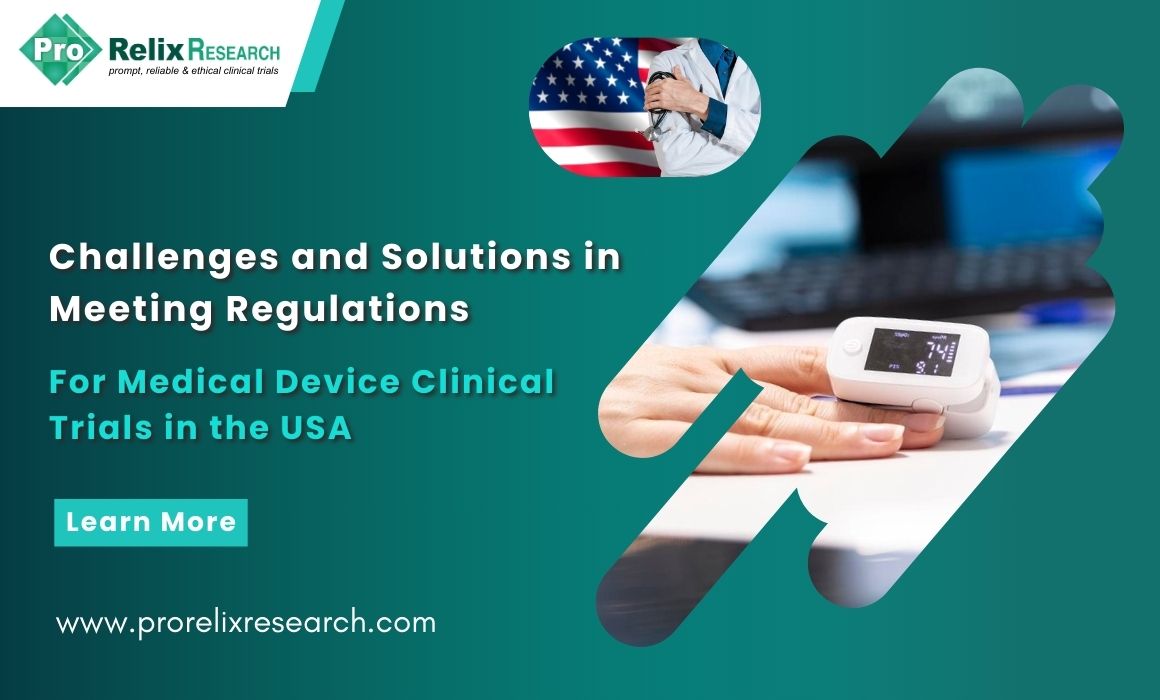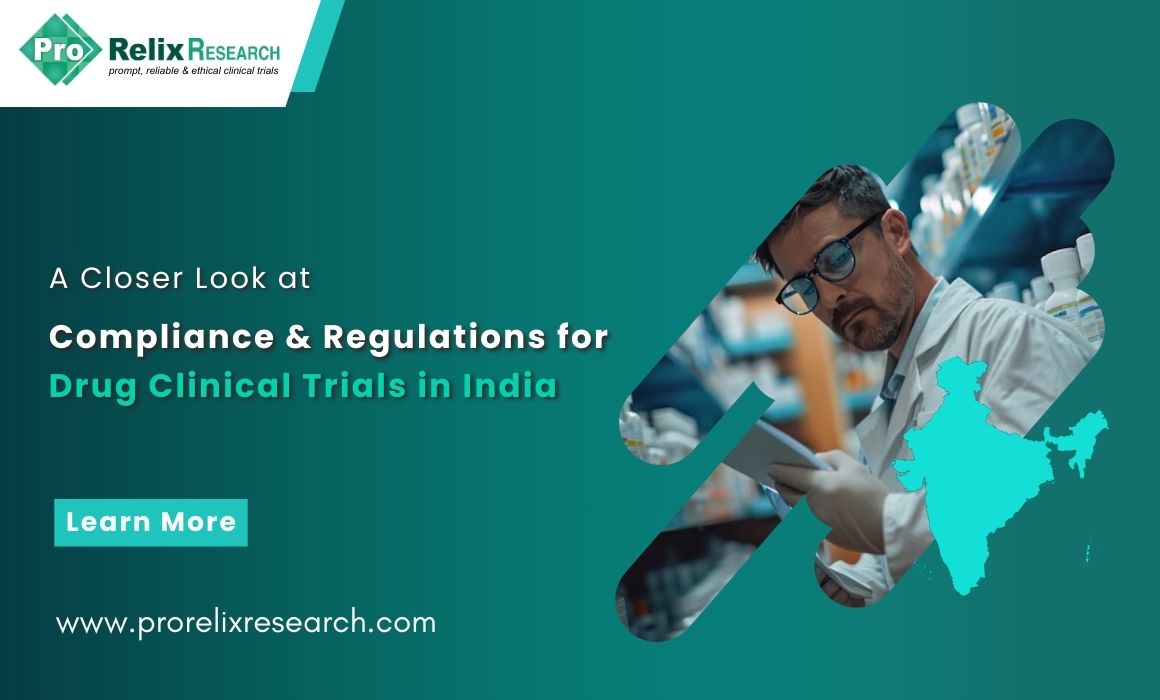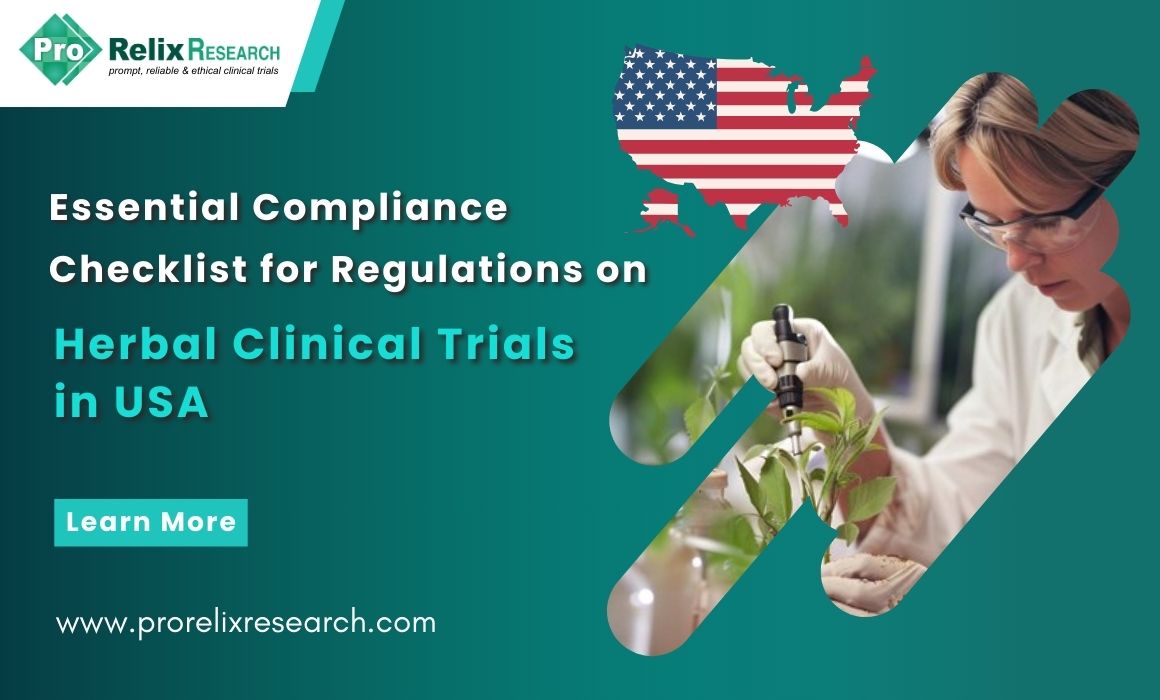As the world adapts to a post-pandemic reality, a new COVID-19 variant emerging in 2025 has sparked renewed concern across global health systems. Despite major advances in vaccination, therapeutics, and public health preparedness, the recent appearance of a novel SARS-CoV-2 lineage has prompted discussions among scientists, policymakers, and the public alike: Should we be worried?
This comprehensive article explores the nature of the 2025 COVID variant, its implications for public health, and the necessary steps to mitigate potential risks.
Understanding the 2025 COVID Variant
The latest strain, designated “XBB.3.5.2”, is a sublineage of the Omicron family—a lineage that has demonstrated high transmissibility and immune evasion capabilities. Genomic surveillance reveals that this variant carries a unique combination of spike protein mutations, particularly within the receptor-binding domain (RBD), making it adept at evading neutralizing antibodies elicited by previous infections or vaccinations.
Preliminary laboratory studies indicate that while the variant may not necessarily lead to more severe illness, it shows enhanced viral fitness and transmissibility. Its rapid spread in densely populated urban zones and international travel hubs underscores the importance of robust COVID-19 surveillance systems and real-time genomic data sharing.
Is This Variant More Dangerous?
Public health experts emphasize that danger is a multifactorial concept. A variant’s risk profile includes its transmissibility, virulence (severity of disease), and ability to escape immunity. Here’s how the 2025 variant measures up:
- Transmissibility: Early epidemiological data from Europe and Southeast Asia suggest that XBB.3.5.2 is 30–40% more transmissible than its predecessor, XBB.1.16. This rise is linked to mutations enhancing cellular entry and replication, necessitating updated COVID-19 risk assessments and modeling.
- Immune Evasion: Like previous Omicron subvariants, XBB.3.5.2 shows considerable resistance to neutralizing antibodies from vaccines or past infections. However, T-cell immunity in COVID-19 response, which plays a critical role in preventing severe illness, appears to remain robust.
- Disease Severity: Hospitalization rates have increased modestly in regions with high case surges, but there is no evidence thus far that the variant causes significantly more severe disease in vaccinated individuals. This underscores the value of ongoing clinical research in virology and vaccine efficacy studies.
Should We Be Worried?
Worry is an understandable response, but a measured, science-informed approach is more useful. Here’s what current data suggest:
- Vaccinated Individuals: Those who are fully vaccinated, especially with updated bivalent or multivalent boosters, retain protection against severe outcomes. The vaccines may be less effective at preventing infection but still guard against hospitalization and death. Individuals should prioritize receiving the latest COVID-19 vaccine updates to maintain immunity.
- Unvaccinated Populations: Communities with low vaccine uptake remain vulnerable, particularly among the elderly and immunocompromised. It is crucial to encourage equitable vaccine distribution worldwide to reduce global spread.
- Global Surveillance: The variant’s rapid spread highlights the critical need for sustained global health monitoring and pandemic preparedness to detect and respond to emerging threats promptly.
In short, cautious attention rather than panic is the appropriate response. While the variant poses new challenges, we are better prepared than ever to manage them.
Impact on Healthcare Systems
Hospitals in certain regions have reported increased patient volumes, largely due to precautionary admissions and testing demands. However, mortality rates have not shown a corresponding rise. This suggests that although the variant is causing more infections, the clinical severity remains comparable to previous Omicron strains.
Healthcare providers are advised to review hospital surge capacity planning protocols, ensure adequate personal protective equipment (PPE) for COVID-19, and revisit infection prevention strategies — particularly in long-term care facilities and outpatient clinics.
Governmental and Global Response
Health authorities, including the World Health Organization (WHO) COVID-19 guidance and Centers for Disease Control and Prevention (CDC) COVID resources, have issued updated guidance on testing, masking in high-risk settings, and vaccination. Several nations are already deploying updated booster campaigns targeted against XBB lineages.
Travel advisories and public health measures remain moderate, with recommendations rather than restrictions. Some countries have reinstated mandatory COVID-19 testing for travelers, especially for arrivals from high-incidence areas.
Additionally, new funding has been allocated to accelerate research into next-generation COVID-19 vaccines, including pan-coronavirus candidates and intranasal vaccines for SARS-CoV-2 designed to block infection at mucosal entry points.
What Can You Do?
Even in 2025, individual responsibility in pandemic response remains a cornerstone of public health. Here are essential steps to stay protected:
- Get Vaccinated: Ensure you’ve received the most recent COVID-19 booster tailored to Omicron subvariants. Stay updated with booster eligibility and scheduling information.
- Practice Good Hygiene: Regular handwashing, mask usage in crowded indoor settings, and staying home when symptomatic can dramatically reduce transmission.
- Stay Informed: Follow credible sources like WHO, CDC, and your local health department for real-time updates and guidance.
- Test Responsibly: Use at-home COVID-19 rapid tests when experiencing symptoms or before attending gatherings, especially with vulnerable individuals.
The Science of Viral Evolution
It’s important to recognize that viral mutation and evolution is a natural process. SARS-CoV-2 continues to evolve as it circulates in a partially immune global population. Variants will continue to emerge, and periodic waves may occur. However, our scientific tools, including mRNA vaccine technology, antiviral treatments like Paxlovid, and AI-powered genomic analysis, allow us to respond faster and more effectively than in 2020.
Conclusion: Stay Alert, Not Alarmed
The emergence of the 2025 COVID variant is a stark reminder that while the worst of the pandemic may be behind us, COVID-19 remains an active public health concern. The good news is that we’re not starting from scratch. With improved vaccines, therapeutic options, and informed public behavior, we are better equipped to manage new threats.
While the world watches closely, the guiding principle remains the same: science, vigilance, and collective action are our best defense. Stay alert, stay informed, and trust in the progress we’ve made.
Read More: Covid 19 Booster Dose – Should we consider it?
Frequently Asked Questions (FAQs)
Q: Is the 2025 COVID variant more deadly than previous strains?
A: Current evidence suggests it is not more deadly but is more transmissible and immune evasive.
Q: Do existing vaccines work against the new variant?
A: Yes, particularly updated boosters offer strong protection against severe illness.
Q: Should I wear a mask again?
A: Mask use is recommended in crowded, enclosed, or high-risk settings.
Q: Are travel restrictions being reintroduced?
A: No broad travel bans have been enacted yet, but testing requirements have increased in some regions.















